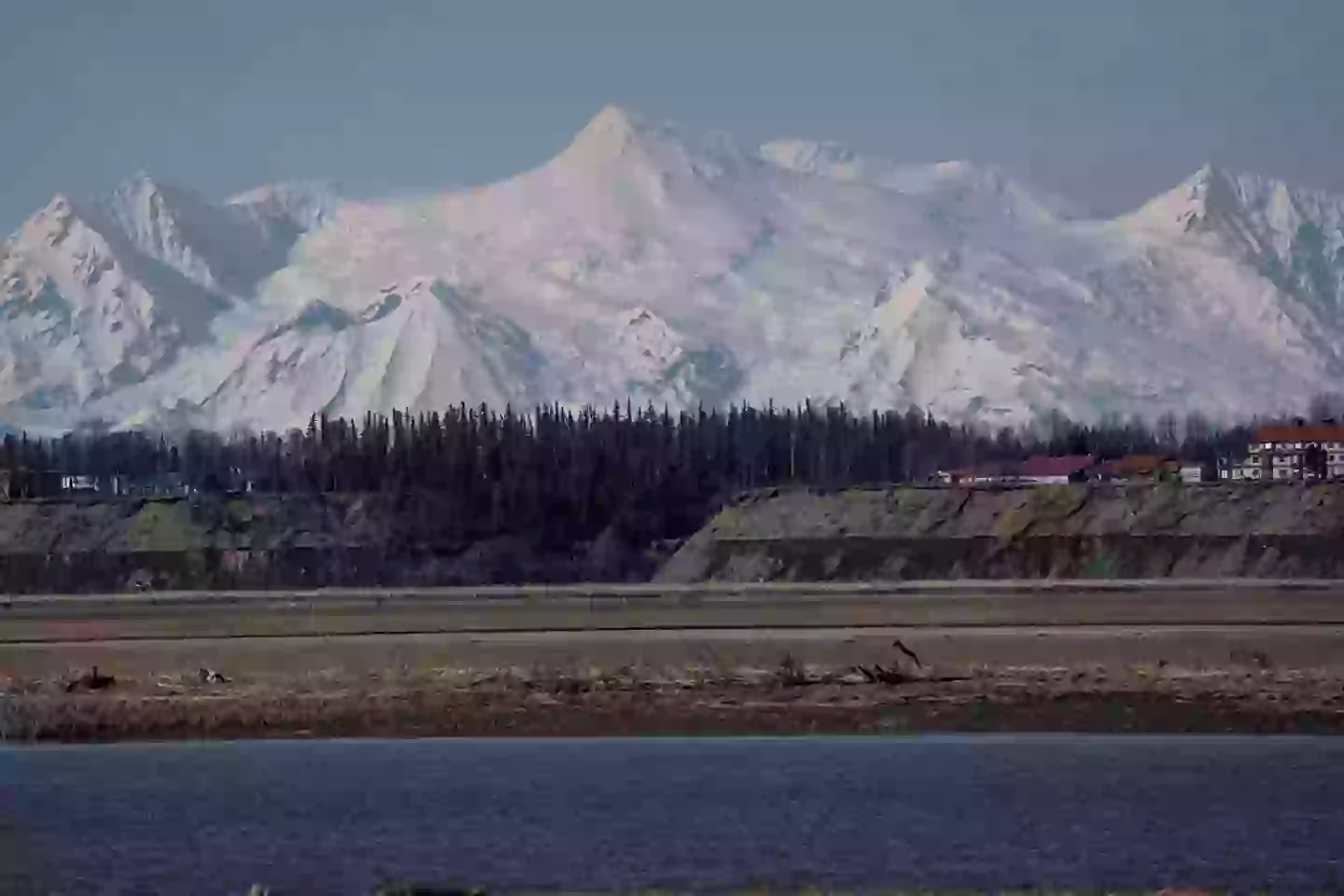“Is Humanity Prepared? Cataclysmic Eruption Looms as Volcanic Giant Awakens in the U.S.”
Scientists are keeping a close watch on a hulking volcano in the US, and let’s face it—when they say “imminently,” it grabs our attention! With about 169 potentially active volcanoes rumbling around (thanks to the Pacific Ring of Fire, notorious for more than just breathtaking views), it’s no wonder folks are getting a bit jittery. Sure, we like a good thrill, but while Yellowstone, the notorious supervolcano, seems to be having a calm moment, other volcanoes are not content to just sit still. Enter Mount Spurr in Alaska—this hefty 11,000-foot giant, just a short hop from Anchorage, is showing signs that it might not be so peaceful for much longer. And really, who wouldn’t want to know what happens when a volcano decides it’s time to make its presence felt? Buckle up and let’s explore the alarming signs, the science behind predicting an eruption, and the mesmerizing chaos that could unfold. It’s a wild ride—are you ready? LEARN MORE.
Scientists are monitoring a major volcano in the US amid concerns that it could erupt imminently.
The United States is home to roughly 169 potentially active volcanos (per American Geosciences), with the overwhelming majority situated along the Western seaboard. After all, the region isn’t referred to as the Pacific Ring of Fire for no reason.
America also houses infamous supervolcano Yellowstone – you know, the one that triggers the end of the world in disaster-drama film 2012 – which posses the ability to inflict significant impact on several generations of human life.
Fortunately Yellowstone isn’t showing any signs of erupting at the present moment, which is one less existential threat we have to worry about.
However, this doesn’t mean there aren’t plenty of other US volcanoes rearing to blow their top at any given time.

Mount Spurr is likely to erupt in the next weeks and months (Hasan Akbas/Anadolu via Getty Images)
One of these more active volcanos is Mount Spurr, which lies within Alaska’s Aleutian Arc. Standing at 11,000-foot-tall, the volcano is just 81 miles (130 km) west of Anchorage, the state’s largest city, and is currently ‘moving closer’ to an eruption.
How do scientists predict volcanic eruptions?
Unlike the doomed people of Pompeii or Krakatoa, modern settlements living in the shadows of volcanos are often able to get a sort of heads up when the nearby mountain is about to start spewing ash, thanks to volcanologists who measure seismic activity.
The USGS outlines key precursors as an increase in ‘frequency and intensity of felt earthquakes’, ‘swelling’ of the ground and measuring gasses emitted from volcanoes.
According to Alaska Volcano Observatory (AVO), seismic activity at Mount Spurr began to pick up in April 2024, with increase from 30 earthquakes per week to an average of 125 per week.

Footage captured during Mount Spurr’s 1992 eruption (YouTube/Alaska Volcano Observatory)
Back in February, scientists gave the volcano a 50-50 chance that it could erupt in the coming months.
Things are currently ramping up, with MailOnline stating that an 3.7 earthquake struck nearby Petersville, with the tremor coming just hours after a 2.5 magnitude quake.
What would an eruption at Mount Spurr look like?
The stratovolcano last erupted in 1992 and coated nearby Anchorage in a cloud of ash, depending on wind direction. CBC News adds that ash clouds will be a bigger issue than lava flow and that Mount Spurr is predicted to erupt ‘explosively from its flank’.
Should the eruption occur during the day, then ash could block out the sun for ‘hours’, with Alaska Volcano Observatory (AVO)’s Matt Haney telling MailOnline that an ‘explosive’ eruption could see plumes of ash rising as high as 50,000 feet into the air’.














